40 sound wave experiment for kids
Science Projects for Kids: Producing Sounds | HowStuffWorks This sound barriers science project for kids shows how easy it is to halt sound waves in their tracks. What You'll Need: A friend Step 1: Go into your backyard and stand about as far from your partner as your house is wide. (That should be about 30 feet or so.) Try to talk to one another. Sound Waves | PBS LearningMedia Engineering design can be introduced through a video on "Funny Boats," potential and kinetic energy can be investigated with catapults and roller coasters, and sound waves can be experimented with using the resources in Physical Science. Additional topics include the periodic table, thunder and lightning, and the electromagnetic spectrum.
Light And Sound Science Experiments - Science Fun Light And Sound Science Experiments. Easy light and sound science experiments you can do at home! Click on the experiment image or the view experiment link below for each experiment on this page to see the materials needed and procedure. Have fun trying these experiments at home or use them for SCIENCE FAIR PROJECT IDEAS.

Sound wave experiment for kids
Science Experiments to Explore Sound for Kids - Twinkl 1. Exploring Sound Waves with Spoons · 2. Make a String Telephone Craft Instructions · 3. Seeing Sound with Rice Science Experiment · 4. Make a Speaker Activity · 5 ... 18 Lessons to Teach the Science of Sound - Science Buddies In these activities, students can experiment with sound waves by building and testing a variety of simple instruments and noise makers, including rubber band guitars, harmonicas made from craft sticks and straws, cardboard tube kazoos, cut straws, and more. Fun Sound Experiments for Kids to Add to Your Sound Energy Lessons ... The Experiment: Cut 2 1-inch pieces off of the straw. Stretch your wide rubber band length-wise around a large popsicle stick. Place a straw piece under the rubber band, close to the edge on one end. Place a second popsicle stick directly on top of the one that's already rubber banded. Secure the sticks together at each end using the small ...
Sound wave experiment for kids. Simple Sound Wave Experiment for Kids | There's Just One Mommy Sound Wave Experiment Materials Needed: 2 Pieces of Yarn, 2 Feet Long Each Metal Hanger Metal Fork or Spoon Tie the end of each of the 2 pieces of yarn to your fork (or spoon). Have your child wrap the other ends of the yarn around their pointy fingers several times. Then have them place their fingers over the opening of their ears. How to See Sound Science Experiment Sound is a disturbance that travels through a medium as a wave. In this experiment, when you hit the metal pan with the spoon, you disturb the particles of the ... Kid Science: Making (Sound) Waves - Kix Cereal Tap on the side of a glass of water, and you create sound waves. If the glass is full of water, the sound wave gets slowed traveling through the water, and the ... How can you see sound? Music science for kids - Science Experiments for ... Instructions. Stretch the cling film over the top of your bowl and secure with tape or an elastic band. Sprinkle a handful of rice over the cling film. Hold the drum close to the bowl and beat it hard, the rice should jump. Investigate how the jumping of the rice changes depending on how hard you hit the drum.
4 Sound Science Experiments for Kids - YouTube 4 Sound Science Experiments for Kids Babble Dabble Do 31.1K subscribers Subscribe 1.5K 186K views 2 years ago Explore the science of sound with these 4 experiments, then use your knowledge to... Sound Waves Experiment - Clearway Community Solar Sound waves enter the ear, are received by the eardrum, and transferred into nerve signals, which are interpreted by the brain. Sound waves are often described in terms of the volume ( amplitude) and the pitch ( frequency) of the wave. In this experiment, you will observe how sound waves travel through the air by using some common household ... Explore the Science of Sound Waves: Experiments for Kids For this experiment, you'll need a decibel meter to measure the levels of different sounds. If you measure a whisper, you'll get between 20 and 30 dB. Normal conversational levels range around 60. If someone's shouting at you, bump that number up to 80. Hypothesize about the loudest places you'll see. The school gym during a pep rally? Feeling Sound | Sound Wave Experiment for Kids | 3M Science at Home Sound waves are what are called longitudinal waves, which means it travels in the same direction as the disturbance that caused it. Sound is caused by something vibrating, which compresses and stretches the air around it, which vibrates your ear drum, and your brain interprets that vibration as sound.
Sound Wave Experiments for Middle School & Elementary Kids The Science Behind Sound Wave Experiments Here's what's really happening during the activity — I've highlighted some of the science terms that you can introduce to kids when discussing this experiment: When the ruler hits the spoon, it creates vibrations which make sound waves. Sound and Volume Vibrations Science Experiment for Kids 1. Place a piece of plastic wrap on the top of a glass bowl and straighten as best as possible. Wrap a rubber band around the plastic wrap to hold it in place. Gently pull on the plastic wrap under the rubber band to make a very tight fit onto the bowl. 2. Crumble up a few small pieces of tissue paper and set them onto the plastic wrap. 3. Sound Waves for Kids: Explore Sound & Wave Motion Science! Hands-on experiments simulate sound waves in a visible way that's easy for students to remember. The original Slinky or helical springs show transverse and longitudinal wave motion in action. Use tuning forks for sound and resonance activities and projects. And the top-rated sound measurement kit lets you to determine the speed of sound. An Introduction to Sound Waves for Kids - Woo! Jr. Kids Activities When sound waves hit it, the skin vibrates. It moves the vibrations to the three tiny bones (called ossicles) in our ear. These little bones transfer the sound to the cochlea, which is full of fluid. The cochlea is part of our inner ear. It houses the Organ of Corti, which has sensory hair cells called stereocilia.
5 Sound Wave Experiments for Kids - Teach Beside Me Sound Wave Experiment #2 The Ringing Fork on a String For this simple sound wave experiment you just need a fork or a spoon tied onto a piece of yarn. Make sure the yarn is long enough to hang down from your ears to around your chest or stomach. Tie the fork right in the center of the piece of yarn or string.
Sound Experiment for Kids to See Sound - Hands-On Teaching Ideas Sound Experiment The main idea you want to make clear is that sound travels in waves. Also, it is important that children know that sound waves are invisible. The slinky is just a fun way to show what we can't otherwise see. Some students even noticed the slinky bounce back after reaching the student holding the other end of the slinky.
Making Sound Waves | STEM Activity When the sound waves hit your eardrum, they cause it to vibrate, the same way that a real drum vibrates when you hit it with a drumstick. The vibrations in your eardrum are then transferred through 3 tiny bones inside your ear, into a fluid-filled chamber called the cochlea (pronounced COK-lee-uh).
Simple Sound Science Activities for Kids from At-Home Supplies The sound waves you create by speaking travel through the tube. They are directed through the tubes, hit the pie plate, and bounce off, traveling back through the other tube. You are hearing the echo. An echo is when a sound wave bounces off of a surface. Some surfaces are better for echoes than others.
Kids Science Projects and Experiments: Sound Waves - Ducksters Purpose: This experiment is an investigation of how sound waves transmit energy from one glass to another. The experiment will also demonstrate how natural frequency and resonance relate to one another. For more information on sound waves see Sound for Kids . Materials 2 identical glasses pitcher of water or a glass measuring cup sponge
See Sound Waves | Crafts for Kids - PBS See Sound Waves | Crafts for Kids | PBS KIDS for Parents Find Ways to Play I want to get activities for ages Select an age range that help with Select topic My child watches Select show and...
Underwater Sound Experiment for Kids | Still Playing School Once submerged in water we used it to listen under the surface (as you can see in our title photo). We took turns clinking the knives and listening. The result was a louder, better, and clearer sound! Sound waves travel faster through water. We discussed what animals hear underwater. I also mentioned that sound also travels quickly through solids.
Science Experiments for Kids: Wave in a Bottle - Sugar, Spice and Glitter Materials to Make Your Own Wave in a Bottle: Clear bottle (we used a repurposed plastic bottle but you could alternatively use a heavy duty glass bottle) Water Cheap oil (we used the same oil we buy for homemade play dough) Blue food dye "W" letter beads Kitchen tray for easy clean-up 2 measuring cups Funnel, optional
7 Cool Sound Science Experiments for Kids | Article - Kids Academy Perfect for younger children, the following sound waves experiment not only involves creating a fun musical instrument your child could play with, but teaches kids how length can affect the pitch of sound waves. Supplies Needed: At least 9 or 10 straws, more if desired! Scissors Clear gift wrap tape What to Do: 1.
Sound Experiments - The Homeschool Scientist Learn more about the physics of sound with these simple sound experiments. You'll investigate volume and pitch and what causes changes in their qualities. The sounds we hear - voices, music, birds chirping, dogs barking - are all caused by vibrations. When objects vibrate, they transfer energy in the form of sound waves.
Science Experiments with Sound: 8 Fun Activities for Kids - Stemtropolis The salt should bounce along the top of the plastic in response to sound. The louder the sound, the bigger the bounce. The plastic acts in much the same way as your eardrum. When sound waves hit your eardrum, they cause it to vibrate.
Sound Waves Experiment *YOU CAN DO!* Science for Kids Sound Waves Experiment YOU CAN DO! In this fun and simple experiment, children will learn how sound travels from one end to the other. #scienceforkids #educationalvideosforkids...
Sound Wave Experiments for Kids | Sciencing Place a ruler on its edge across the rubber bands, like a bridge. Pluck each rubber band again and talk about what changed. Students will learn that thinner, shorter bands produce higher sound pitches because they produce shorter sound waves.
Fun Sound Experiments for Kids to Add to Your Sound Energy Lessons ... The Experiment: Cut 2 1-inch pieces off of the straw. Stretch your wide rubber band length-wise around a large popsicle stick. Place a straw piece under the rubber band, close to the edge on one end. Place a second popsicle stick directly on top of the one that's already rubber banded. Secure the sticks together at each end using the small ...
18 Lessons to Teach the Science of Sound - Science Buddies In these activities, students can experiment with sound waves by building and testing a variety of simple instruments and noise makers, including rubber band guitars, harmonicas made from craft sticks and straws, cardboard tube kazoos, cut straws, and more.
Science Experiments to Explore Sound for Kids - Twinkl 1. Exploring Sound Waves with Spoons · 2. Make a String Telephone Craft Instructions · 3. Seeing Sound with Rice Science Experiment · 4. Make a Speaker Activity · 5 ...

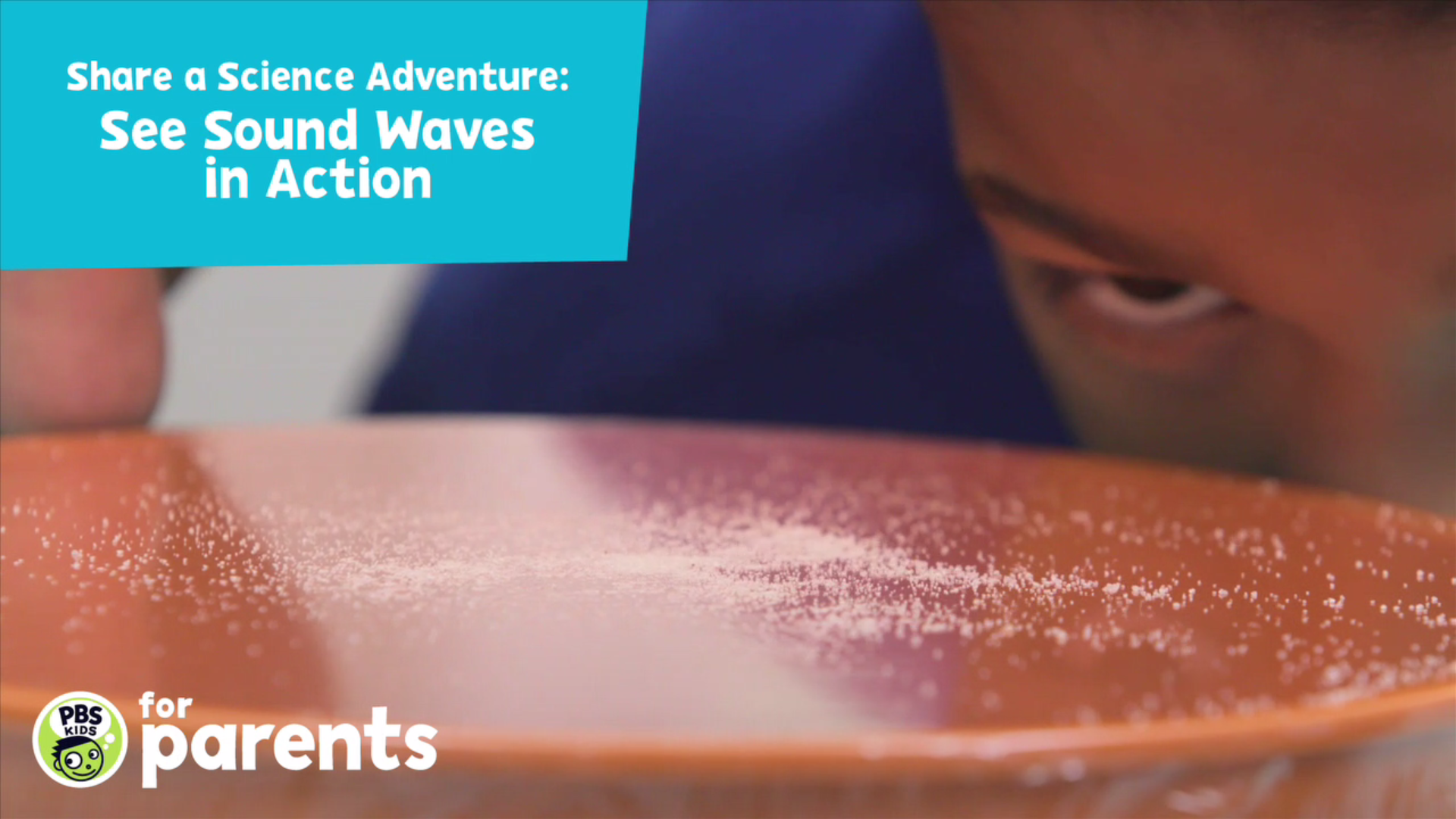


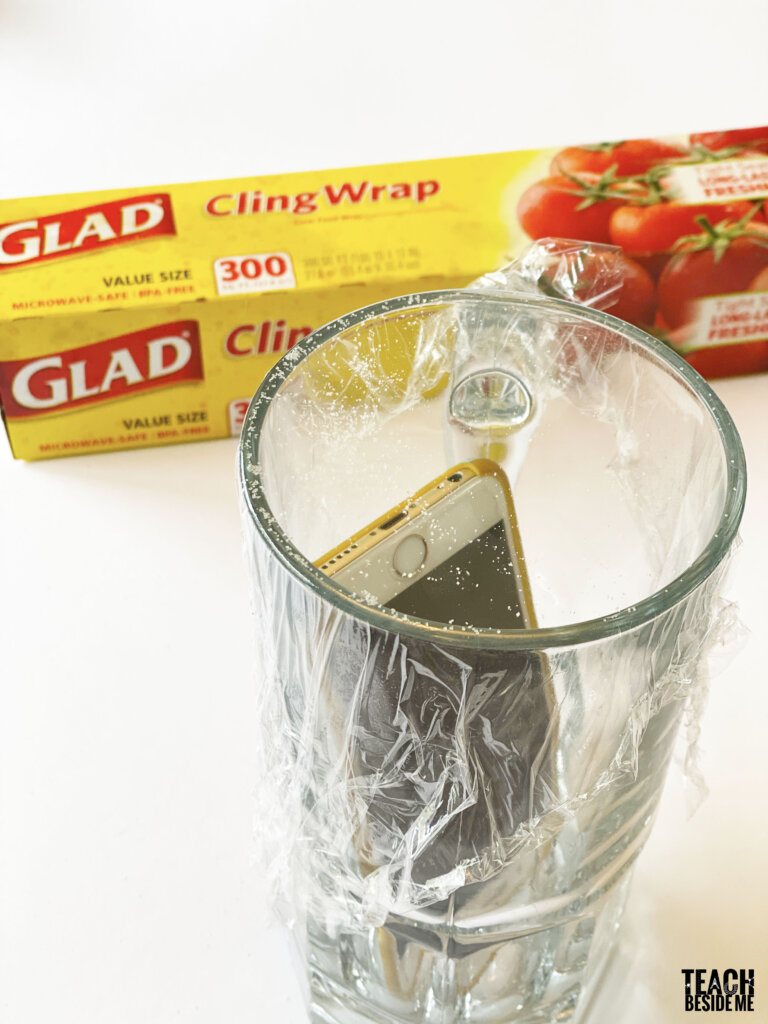



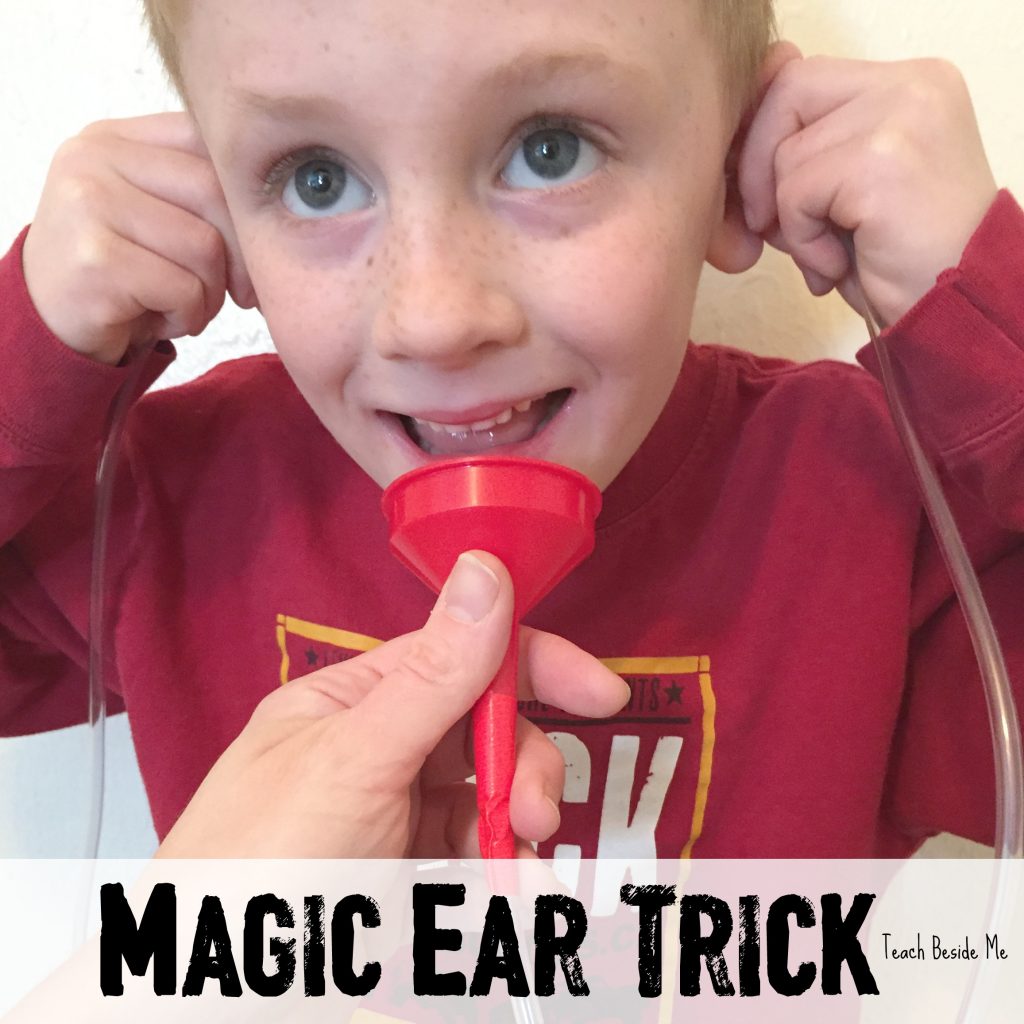

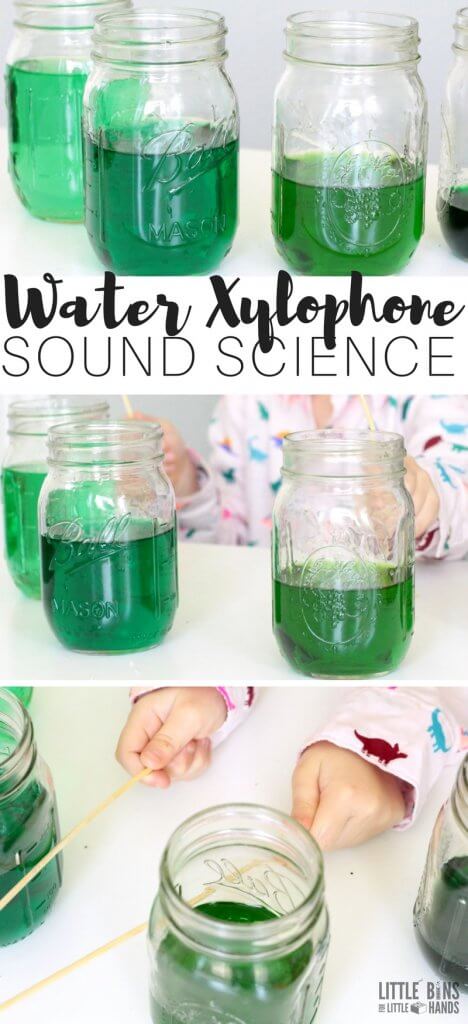
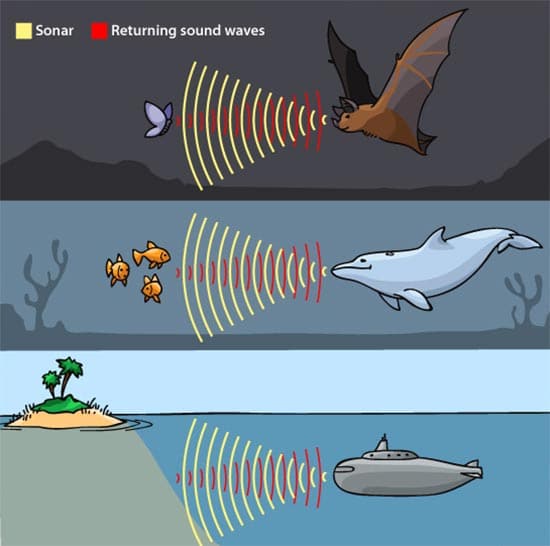

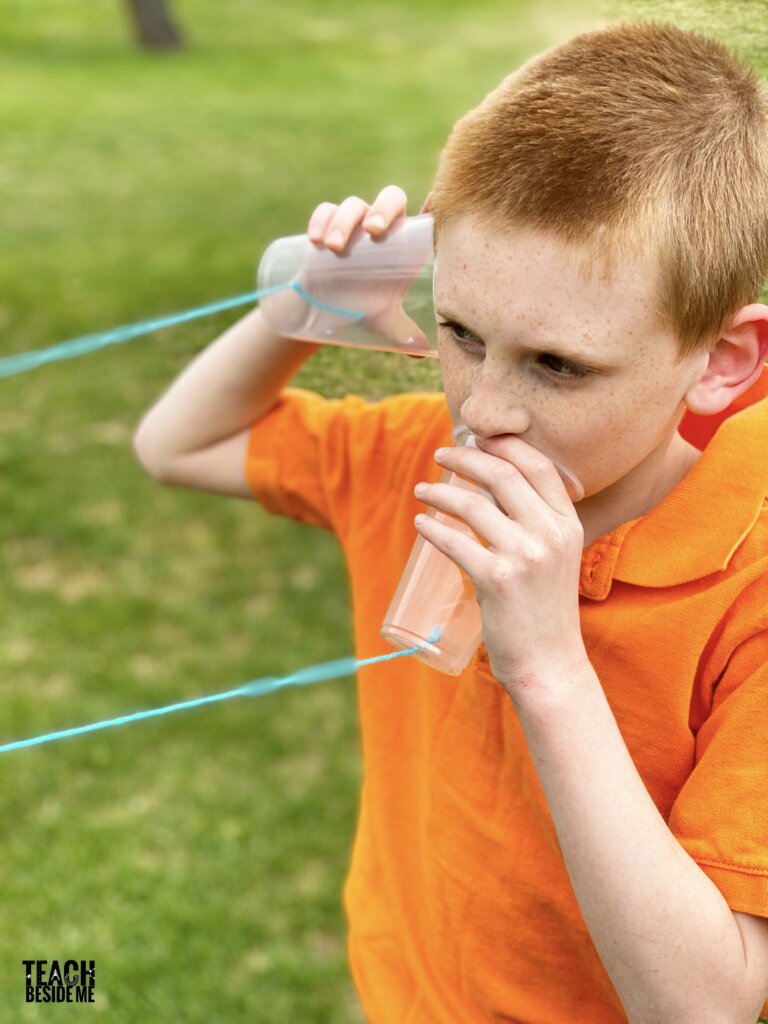



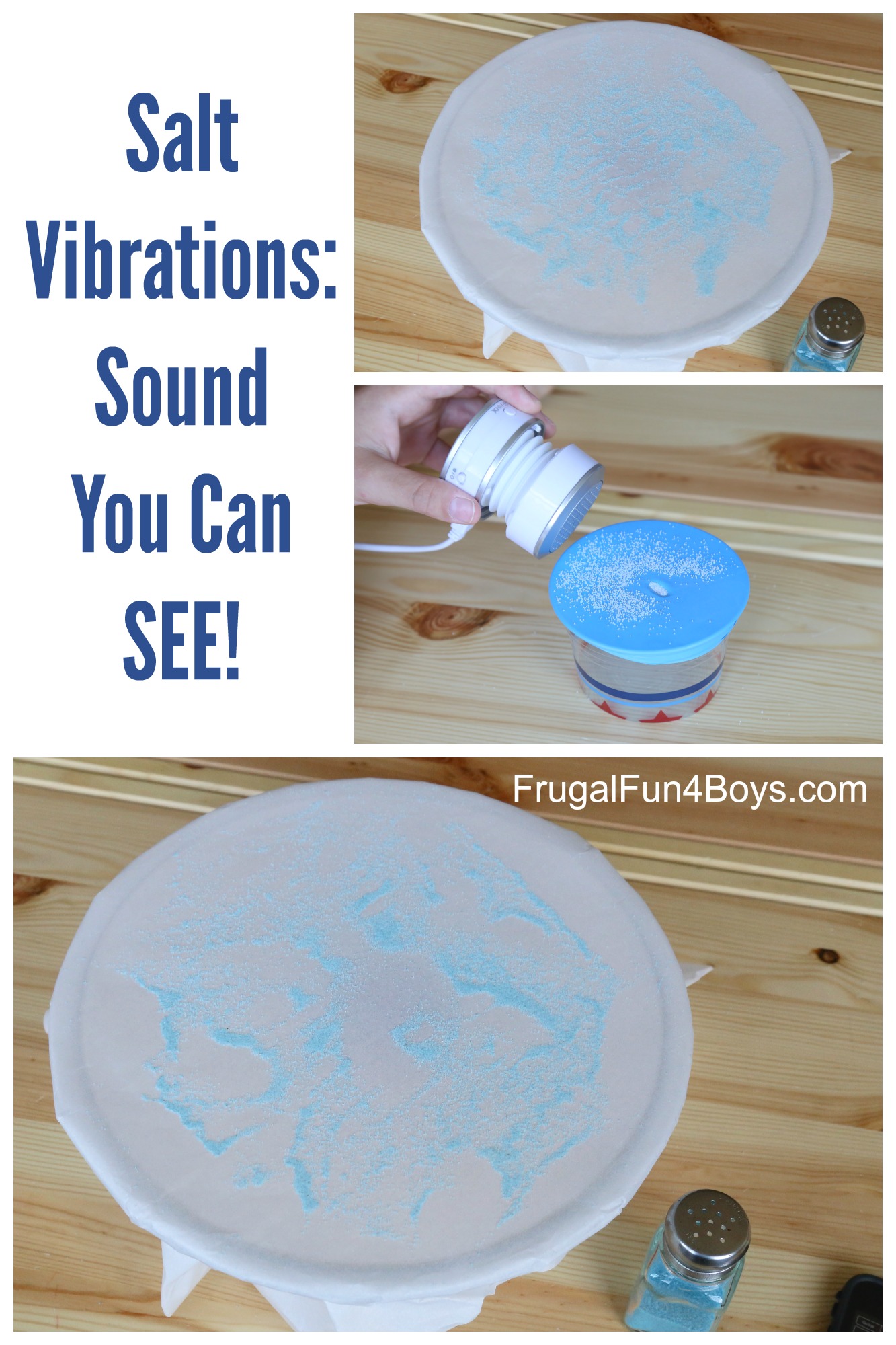
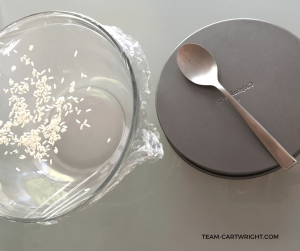






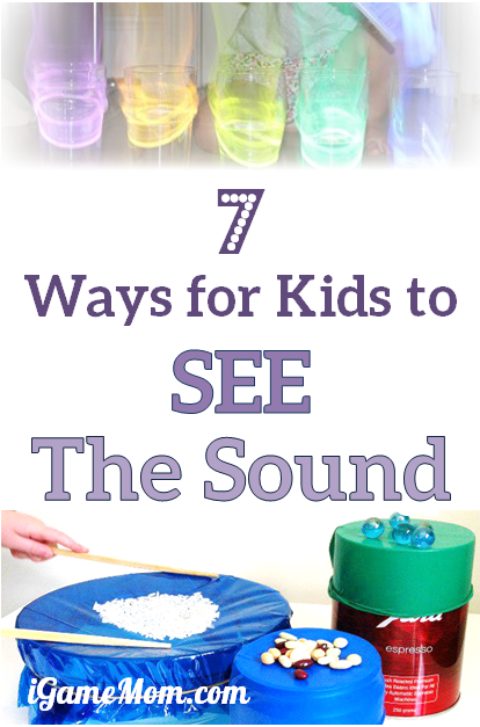



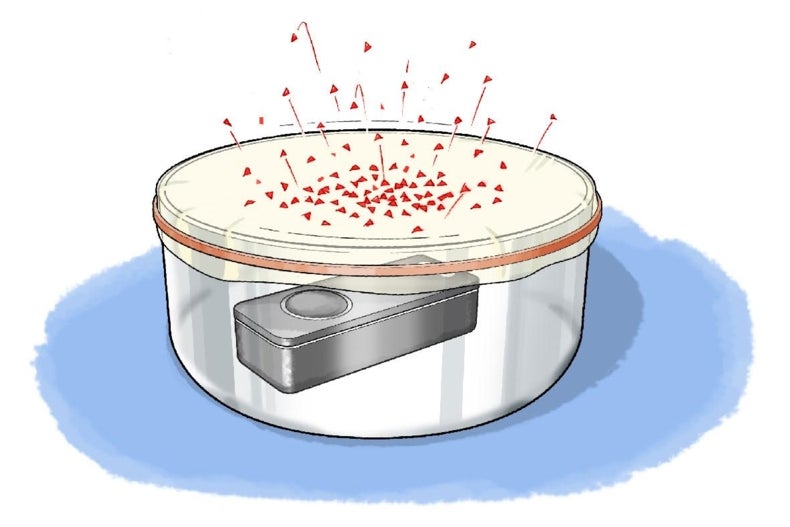
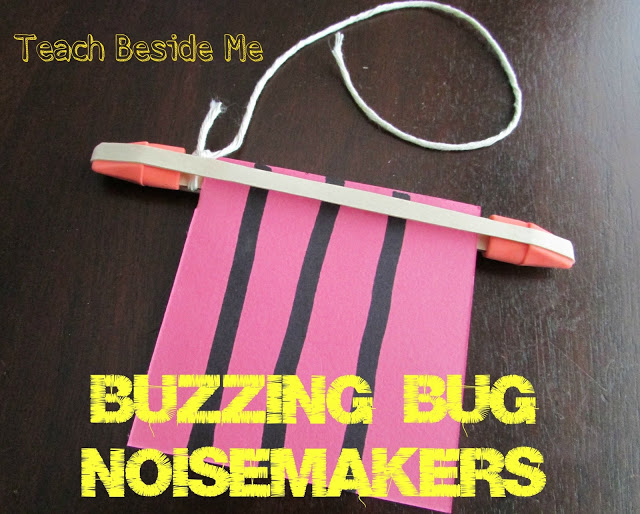




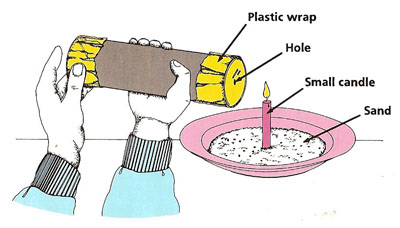
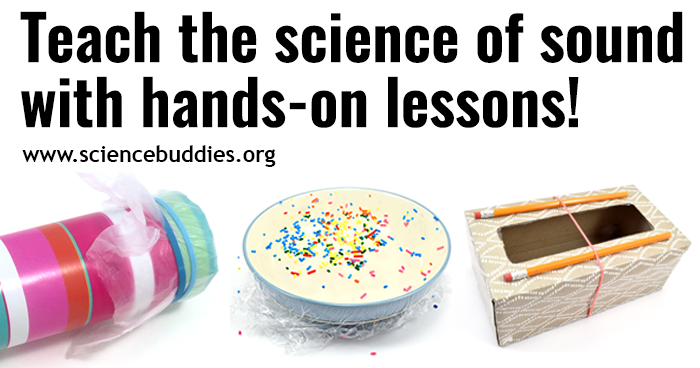

0 Response to "40 sound wave experiment for kids"
Post a Comment